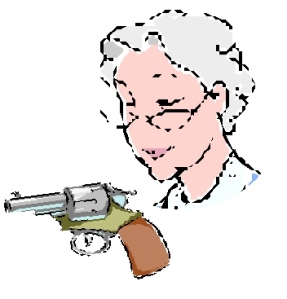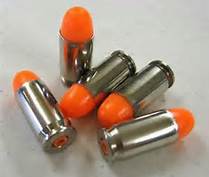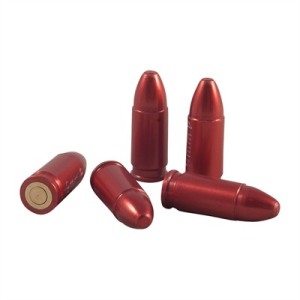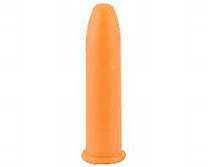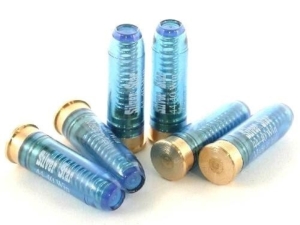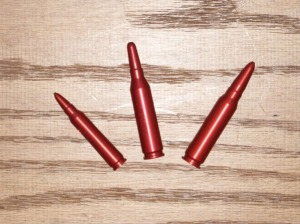Open Deer Season is winding down in Northwestern Montana. I had meant to get this post out earlier, but didn’t manage to because of health reasons. I’m going ahead with it now, as there is still the rest of fall, and for some hunters, part of winter to go. When we go out into the woods, we see a lot of elderly (and we qualify for that label ourselves) out hoping to supplement their winter larder with some game. I’m not talking going hunting just because you’re bored, or want to kill something or shoot your rifle. While being out of doors and in the woods is pleasurable, the taking of wild game, at least for most of the people I know and for myself and my husband, is serious and serves multiple purposes. .
Word is that hunters in our area have been more successful this year due to the mild winter last year, and many locals will add: because the wolf population is now being controlled. Hunting is not an all male undertaking. There are as many females as males, young and old, out in the woods. Many husbands and wives hunt together, and here, many women go out together as well.
Our kids are raised with a Hunters Safety class in middle school, and as soon as they reach 12 years of age, they can take part in a week long pre-season youth hunt when accompanied by a parent or other adult. A young lady I know just turned 12, is very athletic, in ballet performances, on soccer and basketball teams. She also is very fashion conscious. She got her youth license this year, and was very excited to be able to go hunting in her new camo and orange.
To some, teaching children to hunt is barbaric. To others, it is passing on a heritage of self sufficiency. To a select few, trophy hunting is a sport to pass on. I fall right in the middle of these three.. I think it is a wonderful opportunity to show children how to be safe around guns, and to provide meat for the family. We teach them not to waste, to follow the rules, and become skilled in shooting.
A word about seniors involved in deer and elk hunting in these parts. Hunting licenses are reduced in price once a senior is 62 years old. There are also special disabled permits that allow a disabled person to be accompanied by an adult who can assist them in shooting, dressing, and transporting their game. To many seniors the meat they obtain adds much to their diet. As seniors our income is often very reduced. Meat in the freezer, particularly wild game which is particularly healthy, is very meaningful.
I love the forest and the hills, and I appreciate that God has given us such bounty.
To the new hunter, or those considering hunting after quite a few years abstaining, a few cautions.
Be sure to practice, and sight in your rifle, before going into the field.
Make sure you know how to chamber, and clear your rifle. Make sure you have the appropriate ammunition.
Make sure your rifle is clean and functioning.
Become familiar with the safety mechanism. The safety should always be on when you are moving. Wait to flip it off until you are ready to line up your shot.
Keep your rifle pointed in a safe direction, and never, ever, take a shot unless you know you have the game targeted. Wounding an animal is not only wrong morally, it is also in most every jurisdiction against the law. Know your target and beyond. Make sure there are not any dwellings, roads, or other people in your line of sight.
Have a quality sling to allow you to use both hands as necessary and carry your rifle comfortably and safely when moving through the forest or field.
Make sure that you are legally hunting, there are daylight restrictions, and know the beginning and end of the season.
Know what kind of game you are allowed to shoot: does and antlerless, species not allowed, brow tined only, etc.
If you are on private land, have permission from the owner, do not trespass.
“Road hunting” ? Check your local hunting regulations. Here It is fine to spot your game from a vehicle, but you must exit the vehicle and be at least 12 feet off the road before taking a shot.
Always remember to make sure to have your license on your person, and tag any animal that you shoot.
Wear hunter orange, including an orange cap or hat, it will help other hunters to recognize that you are in the vicinity. Various hunting districts will let you know what percentage of your clothing needs to be bright.
Tell someone where you are going and particularly if you are elderly, try to have a companion with you. A first aid kit is a very good idea. There are lots of opportunities to be injured out in the wild.
We have about 75 pounds of meat now in our freezer, a substantial savings for our family. We give thanks to the Lord each meal, and when out in the field.
— Peggy
THE WHITE HAIRED SHOOTER
